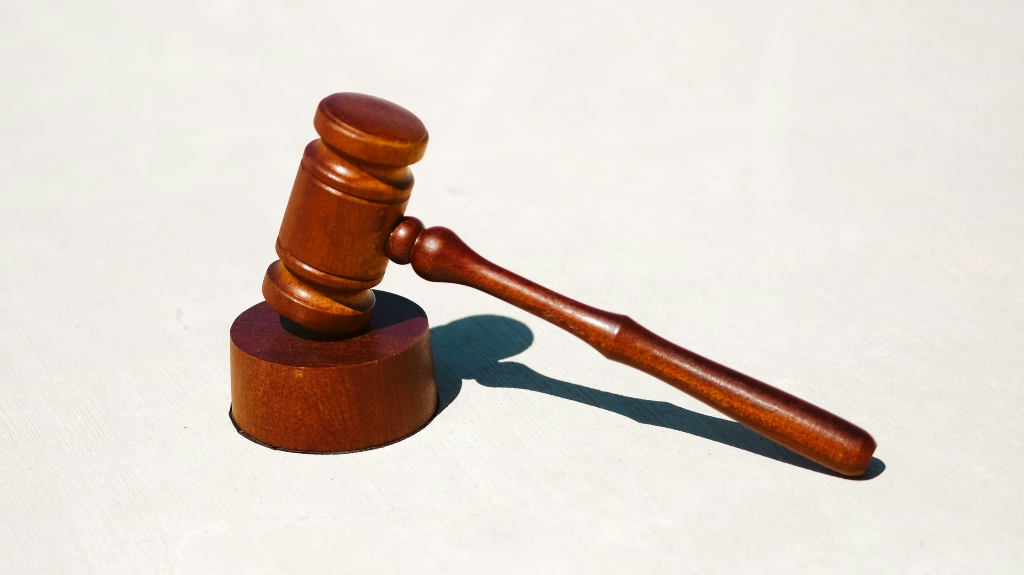What is the at fault law in Ohio?
When it comes to car accidents, it is important to know how fault is determined and how you can potentially get compensation from it. In the state of Ohio, the legal system follows an “at fault” or “Tort” system. This means that the driver who caused the accident is responsible for the damages. Although, in the legal system, things can be more complicated than this. Here’s a closer look into Ohio’s at-fault law and how it may affect drivers, passengers and accident victims around the state.
Ohio Is an At-Fault State
As highlighted in the paragraph above, since Ohio is based off of the at-fault or tort system, this means whoever causes the accident is essentially at fault. This rules off from no-fault states, where either party turns to their own insurances no matter who caused the crash. Under the Ohio Law, if you are injured or receive property damage because of a car accident, you have the right to seek compensation from these venues:
- Filing a claim with the at-fault driver’s insurance company.
- Filing a claim with your own insurance company, who may then seek reimbursement from the at-fault driver’s insurer (subrogation).
- Filing a personal injury lawsuit directly against the at-fault driver.
Modified Comparative Negligence
Ohio’s law is also under a “modified comparative negligence” rule. This rule means that in some accidents, more than one person may be at fault. Under Ohio Revised Code § 2315.33, a person can recover damages as long as they are not more than 50% at fault for the accident. How this works is:
- If you are found to be 50% or less at fault, you can recover compensation—but your total damages will be reduced by your percentage of fault.
- If you are more than 50% at fault, you are barred from recovering any damages at all.
An Example of this could be getting awarded 100,000 dollars, but the jury finds you to be 20% at fault for it. Your recovery for the crash would be reduced by 20% and receive 80 grand. If you were at fault for 51% or higher of the accident you would receive nothing.
Determining Fault After a Crash
Proving someone at fault in a crash points to picking out negligence. Negligence of the law can more than likely prove who is at fault in the crash. It is important to know all laws and regulations on the road to know who is at fault if there happens to be a crash. Examples of this could be:
- Running a red light
- Speeding
- Driving under the influence
- Distracted driving (e.g., texting)
- Failing to yield
Why Fault Matters in Insurance Claims
Since Ohio follows the at-fault rule, insurance companies pay close attention to who was responsible for the crash. The outcome can affect many factors of whether your:

- Whether your damages will be covered
- How much you can collect
- Whether your premiums will increase
- Whether you’ll face a lawsuit or need legal defense
If you are the one found at fault for the crash your insurance will hold the responsibilities of paying for the other person’s damage. You may also be held at personal liability if the damage goes outside of your instance’s capabilities.
Why Legal Representation Matters
Because at-fault can determine key aspects of financial stability, it is important to recognize and understand all the degrees that come into play in the crash. At Kitrick, Lewis & Harris Co., LPA we have had an extensive amount of experience dealing with these claims. We want to make sure you are accounted for when going through this on your own. If you yourself are experiencing a car crash and need the necessary knowledge that comes with handling these claims, contact us today and schedule an appointment.


